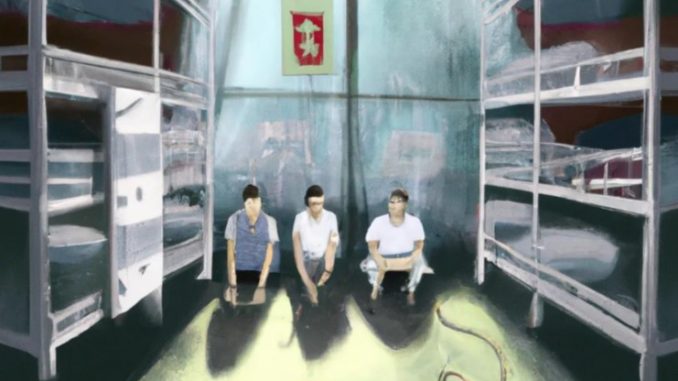
Three years ago today, I posted “Virus crisis: Ten ways China’s wine trade is hurting” and explained how COVID had already led to slashed flights, travel restrictions, canceled fairs, closed restaurants and bars, falling sales and more. We thought it was bad in February of 2020: we didn’t realize how much more shit would hit the fan. (Spoiler: a lot.)
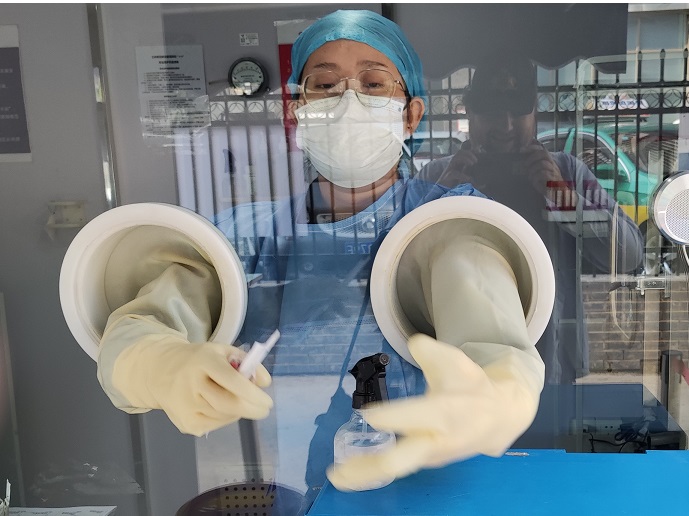
In a newsletter earlier this week, I wrote about how the last three years hurt various parts of China’s wine trade. It wasn’t a comprehensive piece, more a brief look at niches like importers, trade show organizers, consultants, on-trade and local producers, with an example or two for each. Here is that piece. Along with a personal case at the end.
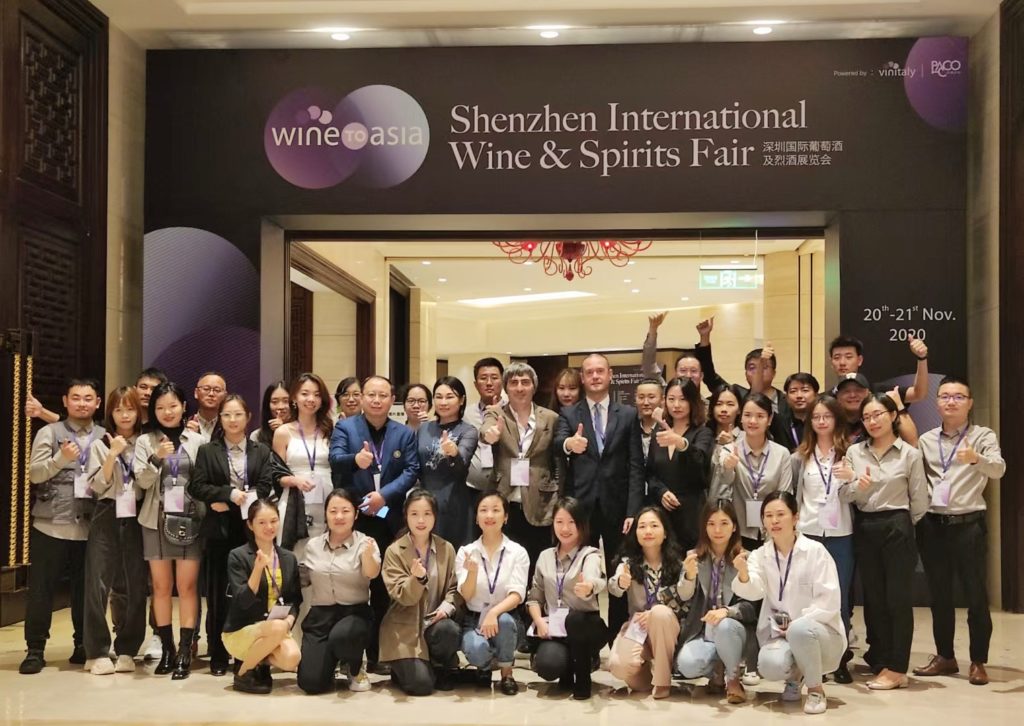
TRADE FAIRS
Postponements came fast and furious in 2020, starting February 4 with the biggest of all, the huge annual Chengdu fair (Tang Jiu Hui), which pushed back its March date indefinitely. Organizing fairs fast became a nerve-wracking affair given how often the COVID status and rules of individual districts, cities and regions / provinces shifted, with the situation sometimes rapidly changing on a daily or even hourly basis.
For example, Shenzhen-based Wine to Asia held its first show in late 2020, then postponed four straight times due to COVID—the next show is now set for May. And even three months ago this week, big fairs like InterWine Shenzhen and ProWine Shanghai were being postponed.
It’s fitting the Chengdu fair bookended the COVID era. Its 2022 show got pushed to mid-November and upset many people. Some flew to Chengdu in advance to do quarantine while others arrived later to find confusing testing rules, all while the possibility loomed that the COVID wave sweeping the country might complicate all of their efforts to get home. Some avoided that stress by staying away and writing off the booths they rented as a total loss. This last major fair of the zero-COVID era truly symbolized the times.
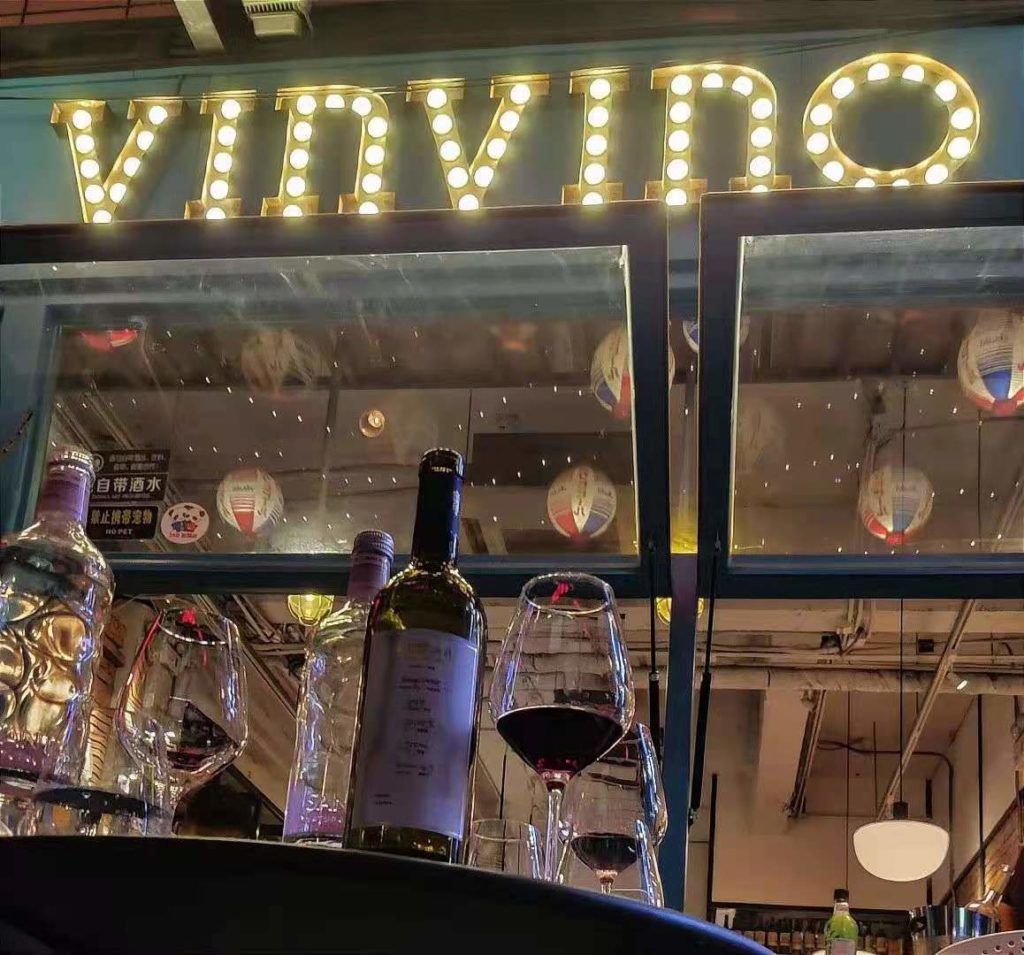
ON-TRADE
Restaurants, bars et al faced shifting demands these past three years, from monitoring who could enter (with temperature and health kit checks the norm) to reducing maximum customer capacity to outright closing during outbreaks. Some tried to keep cash flowing with measure like boosting delivery services, including with wine, but that rarely came close to covering costs.
Even when allowed to seat guests, venues faced major problems. Customers who were hesitant to dine out. Logistical issues in terms of getting key supplies. Staff shortages as employees got sick with COVID and / or got quarantined in compounds or dormitories that had a positive case. Among many others.
For the wine trade, there were also major losses due to restrictions on banqueting–all of those boozy business, holiday and personal gatherings that are a key driver of sales.
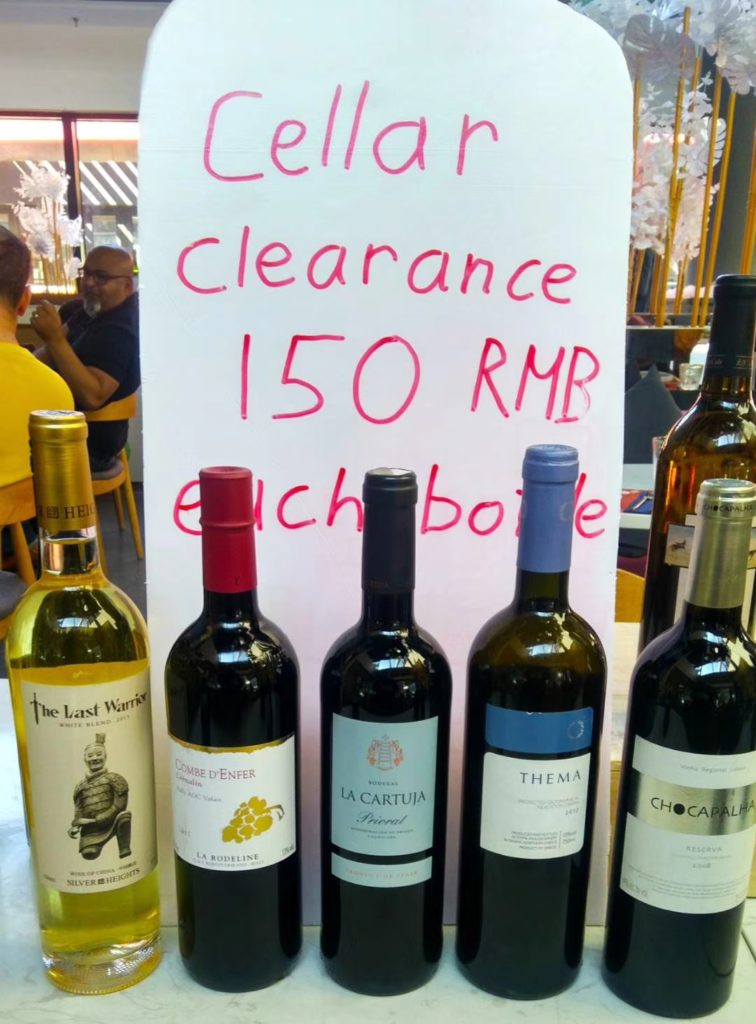
IMPORTERS & DISTRIBUTORS
COVID meant logistics nightmares as importers struggled to get wine into and around China. Those able to actually secure ocean shipping faced rising costs and long delays.
And getting that wine to China didn’t mean the coast was clear as potential delays at entry points always loomed: that could mean anything from having to keep reefer containers powered indefinitely to having your wine available too late for a lucrative holiday sales period.
(One stunning case was the port at Ningbo, among the world’s busiest, which was shut down due to one COVID case and ultimately created a massive backlog.)
Logistics issues go all the way to ground level. Take the tales of two importers during Shanghai’s multi-month lockdown.
One got quarantined: unable to escape his apartment let alone get to his warehouse, he made no sales despite rising demand for wine from consumers stuck at home. The other stayed out of his apartment and lived in his shop, where he had access to his stock and was extremely busy carting wine deliveries to those parts of the city that allowed it.
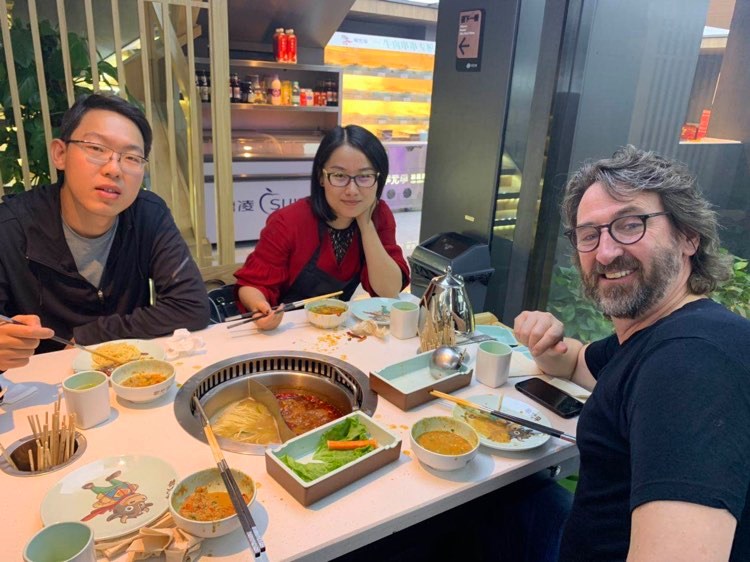
CONSULTANTS
Everyone from educators to writers and critics to flying winemakers felt the impact of COVID in China. For example, wine consultants from overseas faced quarantines upon entry—a minimum of 21 days at one point—and then possibly more depending on where they headed to in China. Many ended up staying abroad and relying on phone calls, video calls and emails, with their local partners being pushed quickly along the learning curve.
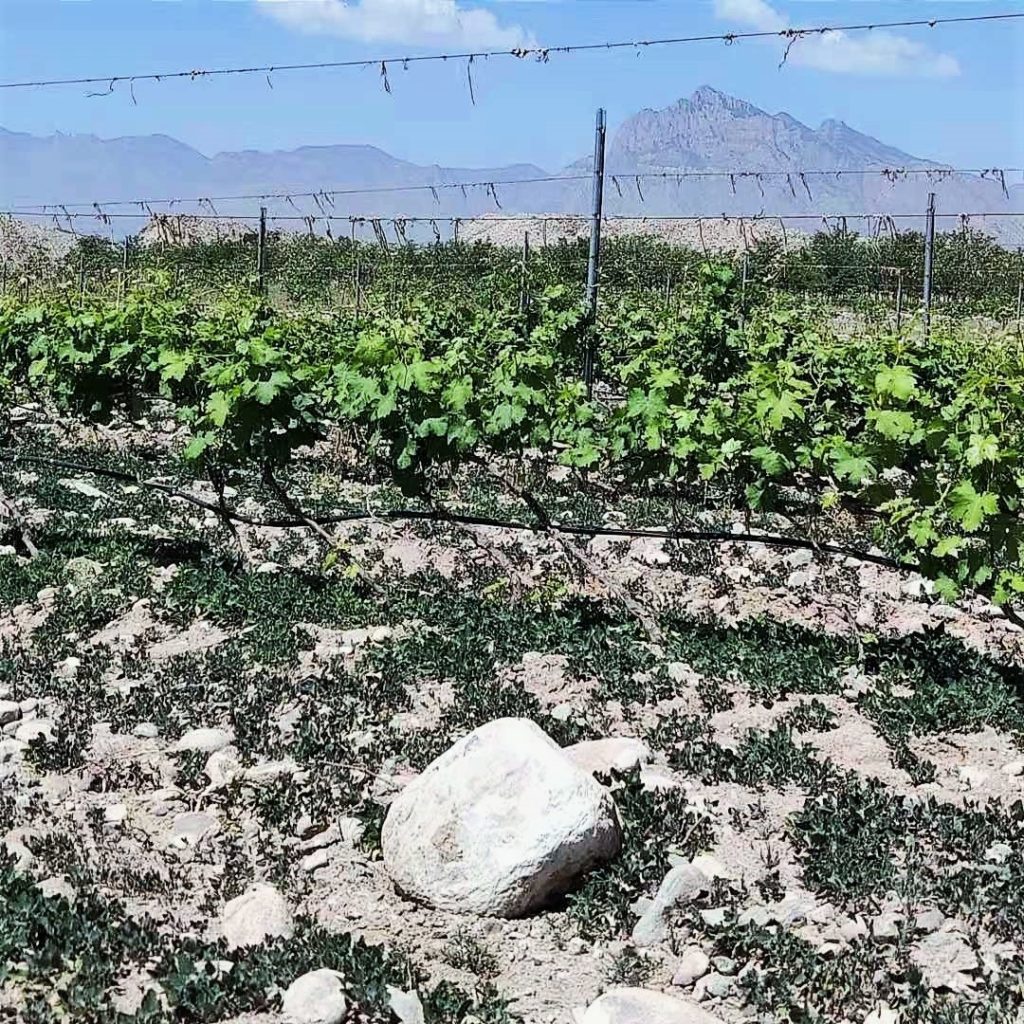
LOCAL PRODUCERS
Beyond the obvious crisis of falling wine sales in China, local producers faced other problems. COVID outbreaks at times led to shortages of workers for tasks like pruning and burying / uncovering vines. To difficulties getting supplies such as bottles and barrels delivered. And to some winemakers and staff being locked down at wineries, or locked out of them, including during vintage. (After the month-long quarantine in his winery finished, one winemaker told me, “Finally, I can take a bath.”)
There were also periods when going out to do promotion or hosting tourists and trade people was difficult if not impossible. This impacted visitors, too. On my last trip to Ningxia, I spent much time dealing with PRC tests: six tests in four locations using three online health kits in nine days.
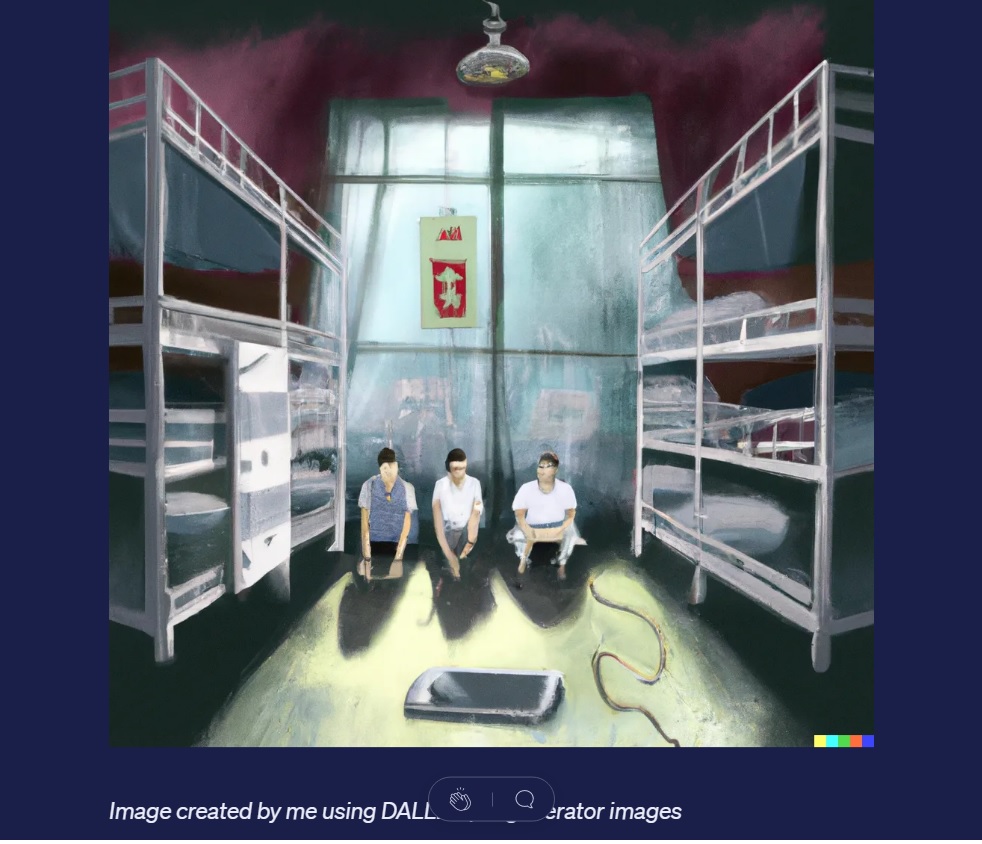
THE ITALIAN JOB
I’ll finish with an Italian wine trade professional who returned to China last October. He said planning his route back felt like figuring out the trajectory for launching the James Webb telescope into orbit. But it’s what happens after he gets through all the checkpoints and COVID tests and is settled in his quarantine hotel to start a seven-day stint that is so stressful.
“Tired, all messed up and with no food for like 8 hours, I took a shower and crashed in bed at 2 AM,” he writes. “In the morning, another PCR test and in the afternoon, while I was doing a conference call with the office, they called me saying I have tested positive for SARS-CoV-2, and telling me, ‘You need to pack everything NOW and go to the hospital immediately!!!’
Forced to wear a hazmat suit and have his luggage disinfected, he was taken by ambulance to a hospital, to a room with two strangers who had been there 10 and 18 days respectively. And then locked into the room, a rusty door sealing them off from the world.
“We are locked inside a room, three positive asymptomatic people, with little if no air ventilation.”
He explains the stress of the situation, from break-of-dawn PRC tests and room disinfecting — the smell of ammonia in the morning — to roommates maniacally pacing or shouting on telephones to having no idea when he will be released. He also explains about dealing with life’s necessities, like laundry–he took it into the shower with him and did it by hand there. And of trying to squeeze in work and, even harder, sleep. He was released after 17 days.
It’s worth reading his three-part story here, here and here. Plus, this post six weeks later, when he noted that had he returned to China a little later, none of it would have happened, as the rules and regulations were reversed.
“We take freedom for granted: freedom is a fragile thing,” he writes. Indeed.
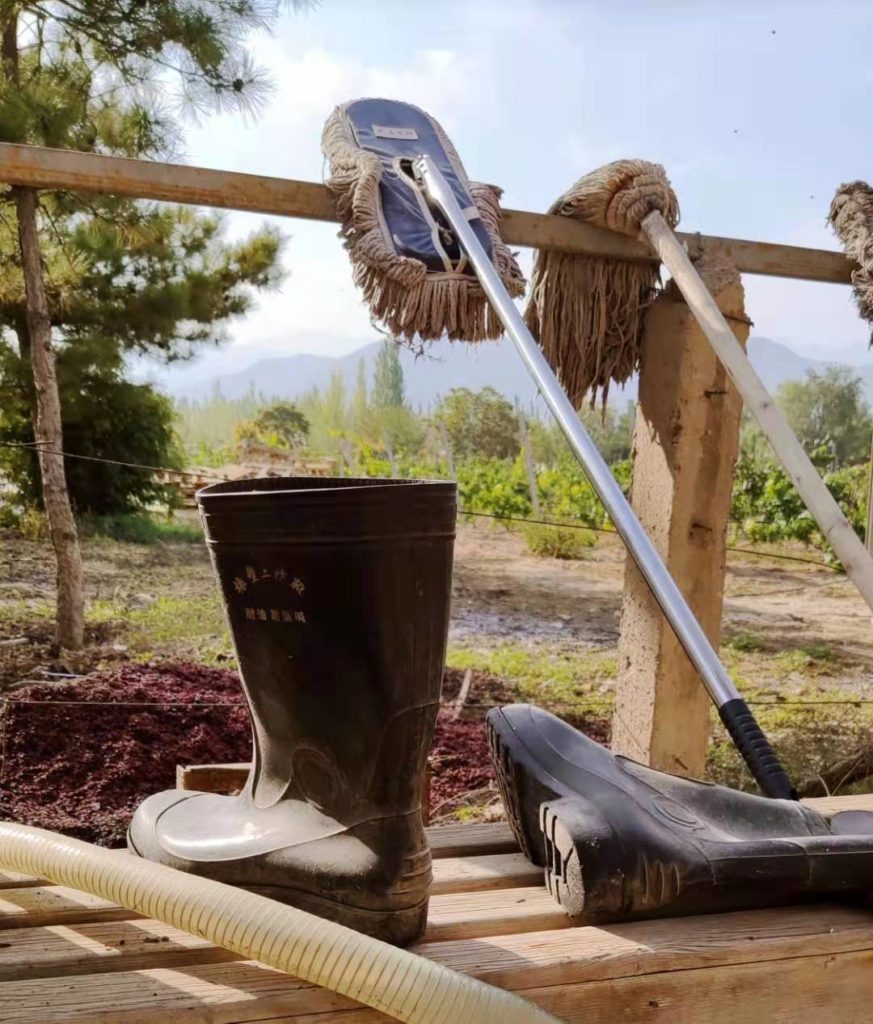
Grape Wall has no sponsors of advertisers: if you find the content and projects like World Marselan Day worthwhile, please help cover the costs via PayPal, WeChat or Alipay.
Sign up for the free Grape Wall newsletter here. Follow Grape Wall on LinkedIn, Instagram, Facebook and Twitter. And contact Grape Wall via grapewallofchina (at) gmail.com.

Leave a Reply
You must be logged in to post a comment.